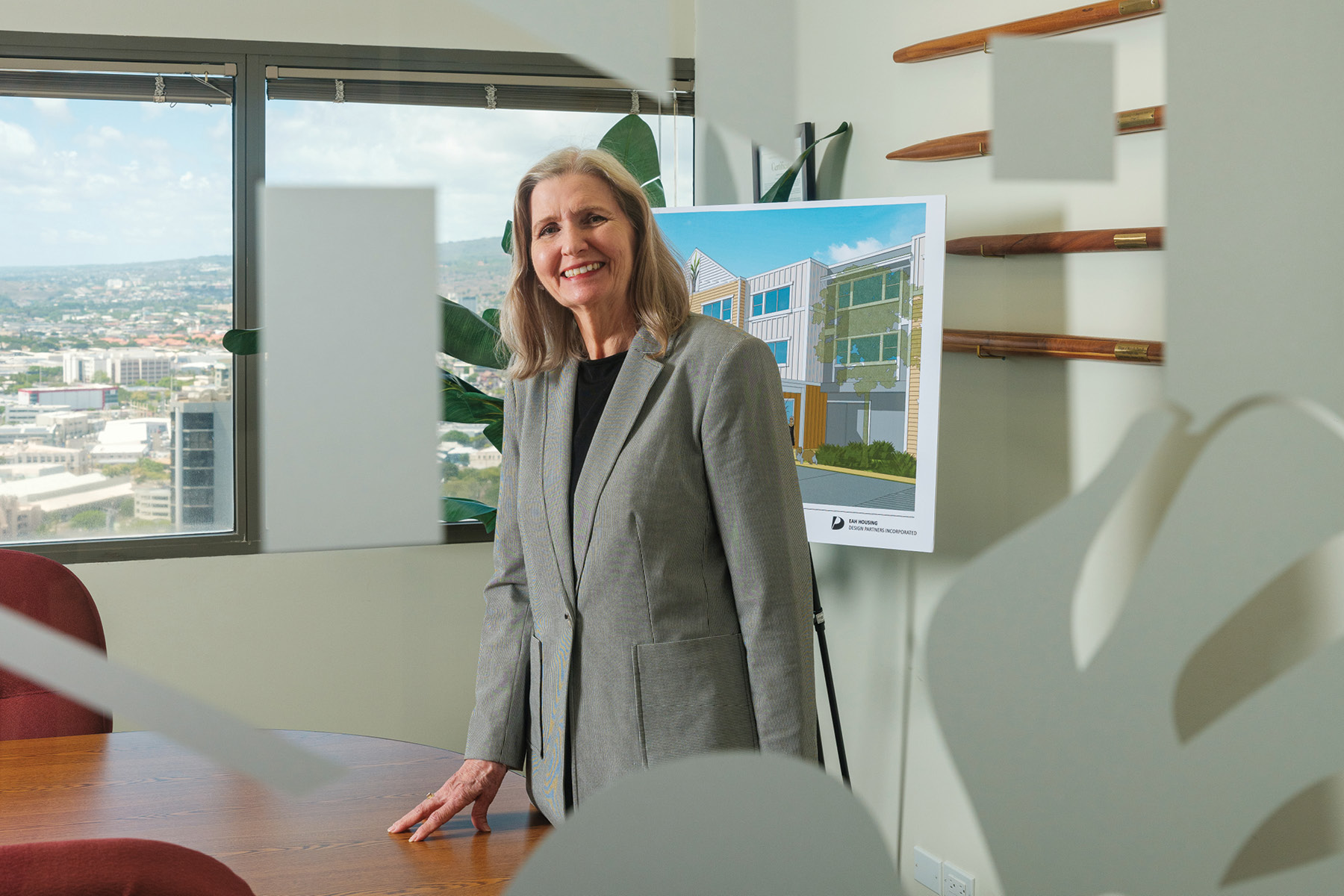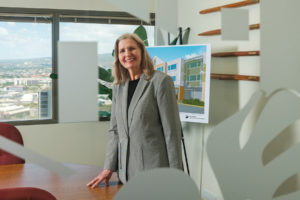
Christine Camp, Laura Kodoma, Cayenne Pe‘a, Karen Seddon and Michelle Swartman are proving that it’s not a man’s world anymore.
October 5, 2022 – Early in Karen Seddon’s Career, her boss told her the big construction company where they worked was letting her go.
He said, “You’ve hit a glass ceiling in this company and you’re not going to get past it. And it’s not you, it’s them.”
The boss did not say it directly, but the message was clear: The company was not willing to promote a woman.
Seddon says she was furious and questioned whether she should leave construction but stayed because she loved the industry.
After getting a job at another construction company that treated her right, gave her opportunities to advance and helped her gain back confidence, she realized that, “in the end, he did me a favor.”
“That change in my life became a really positive thing and so I prefer to look at it as good fortune rather than bad fortune.”
Change In Direction

Seddon, who eventually ended up moving from construction to development, says she’s always looking out for new opportunities and possibilities. And that mindset, she says, can work for anyone in any field: “You should always be reassessing,” she says, whether you’re looking to change careers or are perfectly happy where you are.
“You have to be open to that thing that shows up that you didn’t expect.”
That approach, she says, ensures she never misses an opportunity that could further her career, success and happiness. “You want to be challenged, you want to keep going, you want to add, give back.”
That desire to give back has led to her current work building affordable housing. “This is the kind of industry where you have to have a passion for it or you can’t do it. It would make you insane. … It’s not simple, but it is rewarding.”
She says essential workers like teachers, firefighters, police officers, bank clerks and retail workers need affordable housing because of their relatively low wages and the high cost of living in the Islands.
“The rest of the operators were pretty sure that he’d done it on purpose,” or at the very least, “they knew that he didn’t value her enough to be careful enough not to end up hurting her.”
As she tells the story, Seddon comes close to tears. He could have easily killed her, she says, and describes what happened as a hateful act against a young woman who was “just trying to learn, improve herself and be able to make a better living for herself.”
Read full article HERE.

